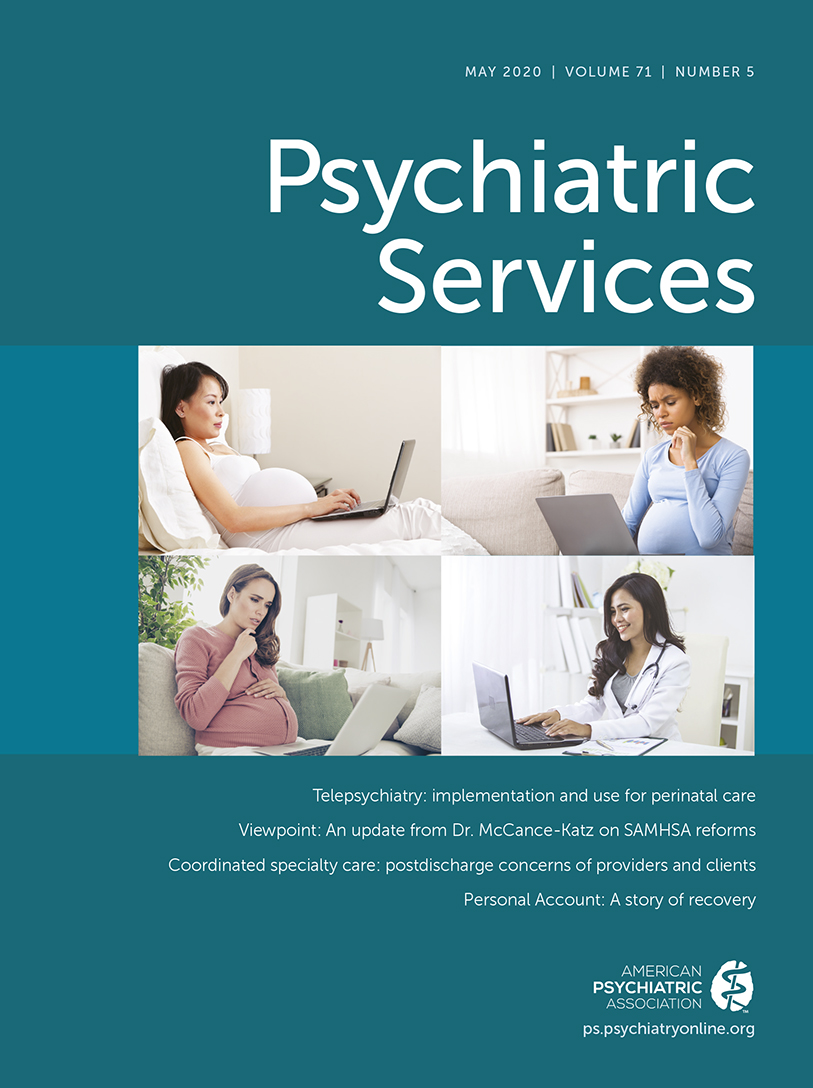Ethical and Practical Issues in Video Surveillance of Psychiatric Units
Abstract
Objectives:
Video surveillance is used in inpatient psychiatry in many countries and institutions. However, its use varies considerably because of a lack of research, discussion, and agreement on best practice. This review provides an overview of current issues in the use of video surveillance in psychiatry, with a focus on ethical questions and their practical implications.
Methods:
A narrative review of literature on video surveillance in psychiatry was conducted. References were identified through searches of PubMed, CINAHL, MEDLINE, PsycINFO, and Google Scholar for articles published before December 2018. Sixteen articles in English and German were reviewed.
Results:
The ethical challenges and practical implications differ between surveillance of public spaces versus private areas, such as bedrooms or seclusion rooms. The most common reason for video surveillance was to increase security and safety. However, empirical evidence suggests that it is not useful in increasing security of shared spaces on psychiatric wards. Some evidence exists for clinical benefits of video surveillance in private spaces (e.g., allowing patients to sleep undisturbed). Video surveillance can increase patients’ choices regarding monitoring options. The main ethical conflict lies in balancing patients’ autonomy and privacy versus patient and staff security and safety.
Conclusions:
Whether video monitoring is used in the most effective and ethical manner needs to be reconsidered. Available evidence does not support its use as a security measure. More research is needed to evaluate the benefits, risks, and best practices of using video monitoring for patient observation, with consideration given to increasing the role of patient consent.



